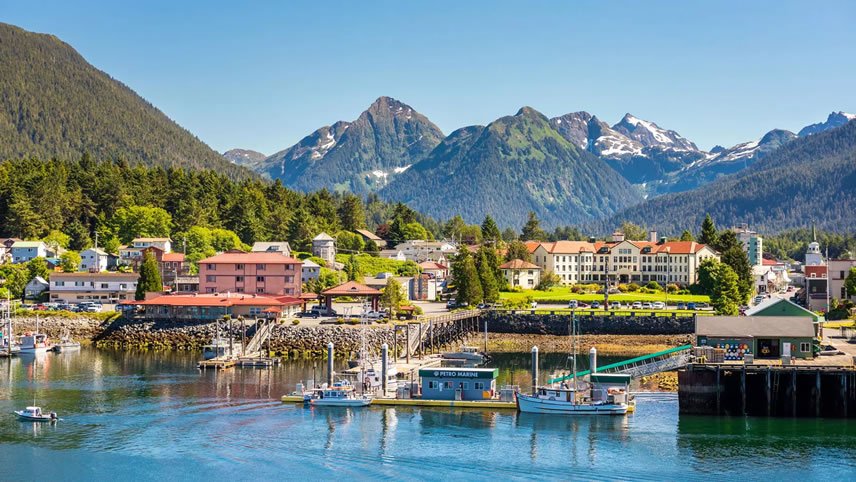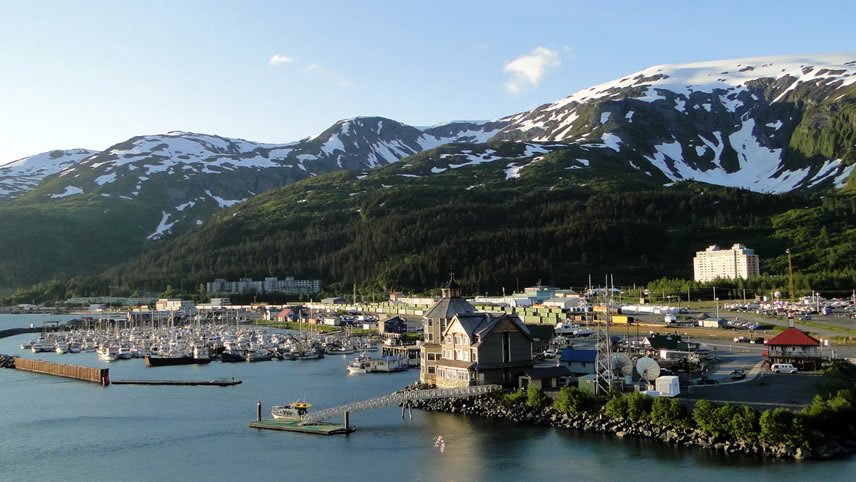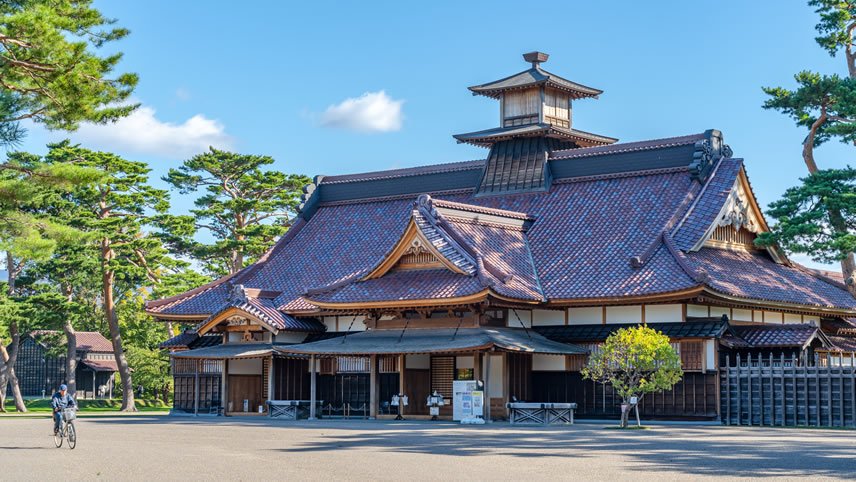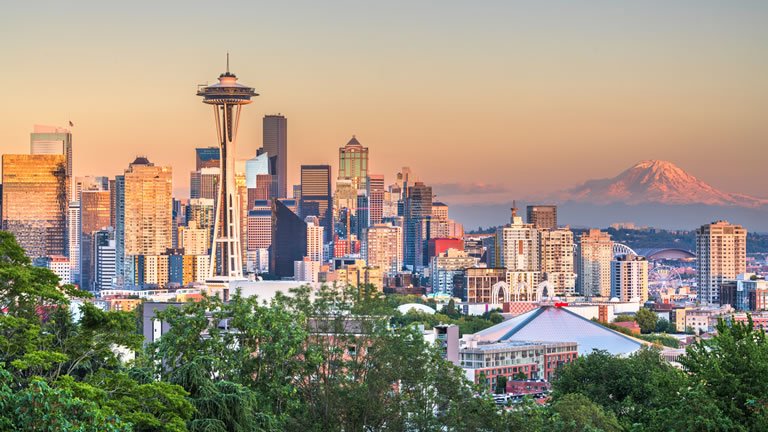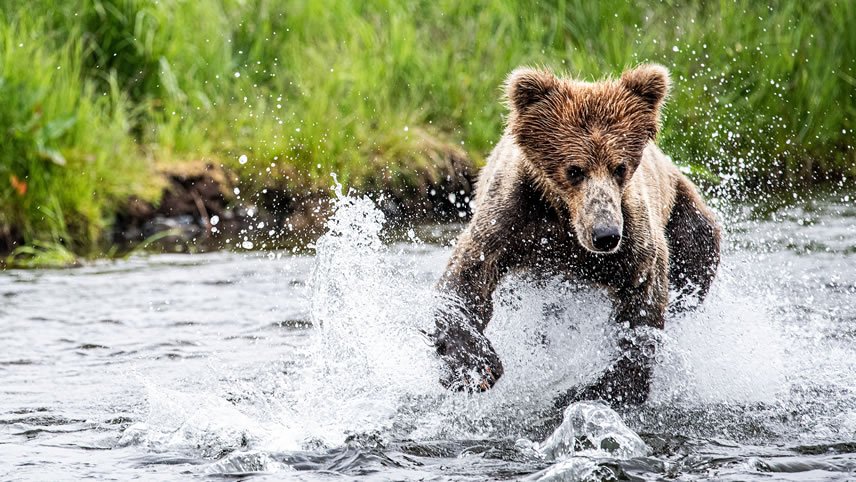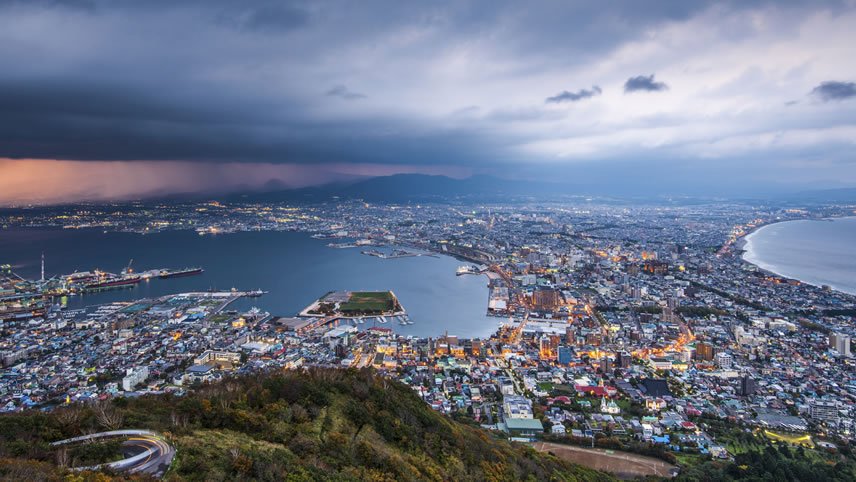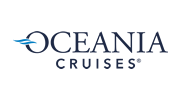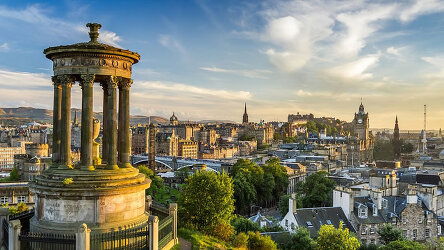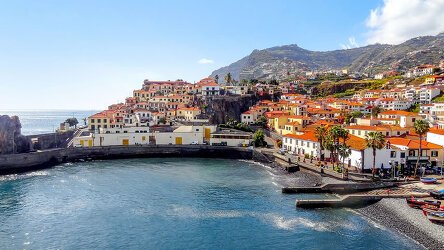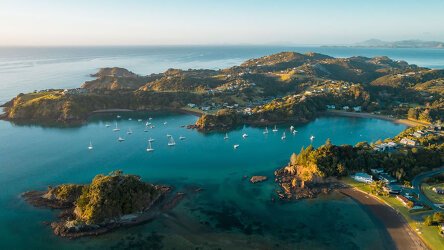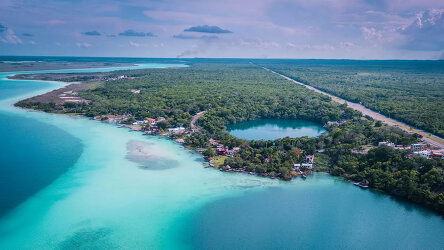Overview
Cruise Itinerary
Seattle is a dynamic, urban city, located in the Northwest region of the United States on Puget Sound. Being surrounded by water and unmatched natural beauty, outdoor activities have become a popular aspect of this area. This city is also home to modern architecture, captivating art, and their famously prominent coffee culture.
Top Things to Do in Seattle:
- shop at the longest-running farmers markets in the US, the Pike Place Market
- visit ‘The Seattle Spheres’, an indoor rainforest
- explore the Starbucks Reserve and Tasting Room
- visit the iconic ‘Space Needle’
Ketchikan sits at the southern end of Alaska’s Inside Passage - the canned salmon capital of the world, it’s a hub for fishing and outdoor sports. It’s also home to three tribes of Northwest Coast Indians, making it a great place to get a taste for the local culture.
Top Things to Do in Ketchikan:
- visit Totem Bight State Park
- venture past the town limits into Tongass National Forest
- visit Ketchikan's own Saxman Native Village
- a myriad of outdoor adventures from fishing to zip-lining!
Sitka is nestled on the west side of Baranof Island. As the east is covered with snowcapped mountains and the west is surrounded by the Pacific Ocean, recreational fishing and hiking have become what Sitka is most famous for. As well as their historical landmarks, picturesque views and authentic dining experiences.
Top Things to Do in Sitka:
- visit Sitka Totem Park, home to authentic Tlingit and Haida totem poles nestled in a rainforest of giant Sitka spruce trees
- hike through the Starrigavan with plenty of bird and wildlife viewing opportunities
- explore Sitka via kayak
Venture 'where the north wind doesn’t blow' and discover Icy Strait Point. This uniquely Alaskan port is one of the few places in the world where wildlife outnumbers the human population. Pine trees as tall as skyscrapers, humpback whales, eagles, wild salmon, black bears and more form the harmonious tapestry of life in this Alaskan hinterland. Ships will dock at this port.
Top Things to Do in Icy Strait Point:
- brave the world’s longest zipline, ZipRider
- go whale watching
- visit the Alaskan native village, Hoonah
- hike, bike or kayak through the wilderness
Off the coast of Yakutat - 200 miles North West of Juneau - Hubbard is certainly gigantic: it's more than 9km/6mi wide where it meets the ocean. The face is over 100m/350ft tall, and icebergs 3 to 4 stories in height aren’t uncommon.
Granted, most of that ice is below water, but the ice can be so thick that cruise ships can’t get too close. In the right conditions, however, your ship might be able to get within 1km/0.5mi of the face. The strong currents and riptides that flow between Gilbert Point and the face of the glacier cause calving to occur on a daily basis, sending massive chunks of ice crashing into Disenchantment Bay.
But don't be fooled, Hubbard Glacier stands strong and is advancing so fast its earned the title "The Galloping Glacier".
Anchorage, Alaska’s largest city, offers a captivating mix of natural beauty and urban appeal. Nestled between the Chugach Mountains and Cook Inlet, Anchorage provides stunning vistas and abundant wildlife. Start your day with a visit to the Anchorage Museum, which showcases Alaskan history, art, and culture. A stroll through the Tony Knowles Coastal Trail offers breathtaking views of the coastline and a chance to spot moose or even beluga whales.
For a taste of local cuisine, head to the bustling Anchorage Market & Festival, where you can sample fresh seafood and unique Alaskan treats. Don't miss the Alaska Native Heritage Center to learn about indigenous cultures through exhibits and performances. Anchorage’s vibrant downtown offers eclectic shops, cozy cafes, and opportunities to explore Alaskan craftsmanship.
Whittier is 60 miles (about an hours drive) south of Anchorage, and is one of the Anchorage area's two major cruise ports. The trip south traverses the spectacular Turnagain Arm fiord and Portage Valley, passing the resort town of Girdwood along the way.
There are many small turnouts along the way that are photo-perfect. The small community of Girdwood is a great spot to take a quick hike or a ride up the aerial tram. Whittier itself offers fishing, and wildlife and glacier day cruises on top of being a major port of call for cruise passengers.
Wild, remote and stunningly beautiful, the city of Kodiak is a rugged outpost on Alaska's famed "Emerald Isle". Accessible only by plane or ship, will find you in a different Alaska - one of extreme wilderness and beauty, populated by hearty, friendly frontier folks.
Take a visit to the Kodiak National Wildlife Refuge, home to the famed Kodiak brown bears. A scenic drive to Fort Abercrombie State Historical Park reveals stunning coastal views, World War II bunkers, and lush forest trails. For a cultural experience, explore the Alutiiq Museum and Archaeological Repository, which showcases the island's indigenous heritage. Don't miss the Kodiak Fisheries Research Center, where you can learn about the local fishing industry and marine life.
Located on Amaknak Island and linked via bridge to Unalaska Island, Dutch Harbor is a place of historical significance, stunning natural beauty and resilient people. While intriguing museums recall a turbulent past, today Dutch Harbor embraces the peaceful nature of its scenic surroundings and thrives as a fishing 'village' that brings in the largest catch in the country.
Dutch Harbor is the main delivery port for the crab fleet featured on the Discovery Channel's hit reality show, "The Deadliest Catch."
The international date line, established in 1884, passes through the mid-Pacific Ocean and roughly follows a 180 degrees longitude north to south line on the Earth. It does zigzag around political borders such as eastern Russia and Alaska’s Aleutian Islands.
Crossing the date line eastbound decreases the date by one day, while crossing the date line westbound increases the date. So when you cross east to west you always lose a day and crossing from west to east you get the same day twice (or gain a day).
Hakodate is one of the most popular city destinations in Japan. Here you can experience diverse dynastic architecture, the last Shogun battlefield and enjoy shimmering night views from Mount Hakodate. Located along Hokkaido's southwestern tip, you can immerse yourself in history within the star-shaped walls of Fort Goryokaku and explore the site of famous battles that transformed Japan.
Enjoy a mouth-watering seafood rice bowl (kaisen-don) from the Hakodate Morning Market and then relax with a soak in the Yunokawa hot springs on Hakodate's outskirts.
Miyako, located on the eastern coast of Honshu in Iwate Prefecture, Japan, is a city known for its stunning natural beauty and rich cultural heritage. The dramatic coastline of Jodogahama Beach, with its pristine white pebbles and clear blue waters, is a major attraction, offering breathtaking views and a peaceful retreat.
Miyako is also home to the Sanriku Fukko National Park, where visitors can explore the rugged landscape and observe diverse wildlife. The city has a deep connection to its maritime roots, evident in its fresh seafood cuisine, with local delicacies like sea urchin and abalone being particularly popular. The Miyako Fish Market is an excellent place to experience the local flavours and vibrant atmosphere.
Nikko, nestled in the mountains of Tochigi Prefecture, Japan, is a place where history, culture, and natural beauty converge spectacularly. Renowned primarily for its ornate shrines and temples, including the UNESCO World Heritage sites of Toshogu Shrine, Futarasan Shrine, and Rinnoji Temple, Nikko offers a profound glimpse into Japan's rich architectural and spiritual heritage. Toshogu, the most lavishly decorated shrine, is famous for its intricate wood carvings, including the renowned "Hear no evil, speak no evil, see no evil" monkeys.
Beyond its cultural treasures, Nikko is also celebrated for its natural scenery. The area is home to the scenic Lake Chuzenji and Kegon Falls, one of Japan's most beautiful waterfalls, especially stunning in autumn when the foliage turns fiery red and gold.
Hitachinaka, located in Ibaraki Prefecture, Japan, is renowned for its scenic coastal beauty and the sprawling Hitachi Seaside Park. This park is famous for its seasonal flowers, especially the baby blue eyes (Nemophila) that create a stunning blue carpet in spring and the vibrant red kochia bushes in autumn. It offers a spectacular natural display that draws visitors from around the world.
Apart from its natural allure, Hitachinaka also boasts of Nakaminato Fish Market, where visitors can enjoy fresh seafood and observe local culinary practices. The city's proximity to the coast encourages activities like cycling along the seaside paths and relaxing on the beaches. Hitachinaka blends its industrial background with considerable green spaces and oceanic influences, providing a refreshing escape with diverse attractions for all ages.
Tokyo, Japan's bustling capital, offers an eclectic mix of tradition and modernity. Begin your adventure with a visit to the Asakusa district, home to the ancient Senso-ji Temple, Tokyo's oldest and most significant temple. Nearby, Nakamise Street is perfect for souvenir shopping and sampling traditional snacks.
For a panoramic view of the city, head to the Tokyo Skytree, one of the world's tallest towers. Shibuya Crossing, one of the busiest pedestrian intersections, is a must-see for its sheer scale and energy. To experience tranquility, visit the serene Meiji Shrine, nestled in a lush forest in Shibuya. Don't miss trying Tokyo's renowned sushi at Tsukiji Outer Market or exploring the vibrant Harajuku district for trendy fashion and unique cafes.
Yokohama Port serves as a gateway for travelers heading to Tokyo, located approximately 30 kms (about 19 miles) north of the port. The journey to Tokyo can take around 30 to 45 minutes by train. The Osanbashi Yokohama International Passenger Terminal is the main docking site for cruise ships. The most efficient way to travel is by train, with the Minatomirai Line directly connecting Yokohama to Shibuya, a major hub in Tokyo. This allows visitors to easily access famous sights such as the Shibuya Crossing, Meiji Shrine, and the vibrant district of Shinjuku. Given the limited time typical of cruise stopovers, planning ahead to prioritize which attractions to visit is advisable.
Tokyo, Japan's bustling capital, offers an eclectic mix of tradition and modernity. Begin your adventure with a visit to the Asakusa district, home to the ancient Senso-ji Temple, Tokyo's oldest and most significant temple. Nearby, Nakamise Street is perfect for souvenir shopping and sampling traditional snacks.
For a panoramic view of the city, head to the Tokyo Skytree, one of the world's tallest towers. Shibuya Crossing, one of the busiest pedestrian intersections, is a must-see for its sheer scale and energy. To experience tranquility, visit the serene Meiji Shrine, nestled in a lush forest in Shibuya. Don't miss trying Tokyo's renowned sushi at Tsukiji Outer Market or exploring the vibrant Harajuku district for trendy fashion and unique cafes.
Yokohama Port serves as a gateway for travelers heading to Tokyo, located approximately 30 kms (about 19 miles) north of the port. The journey to Tokyo can take around 30 to 45 minutes by train. The Osanbashi Yokohama International Passenger Terminal is the main docking site for cruise ships. The most efficient way to travel is by train, with the Minatomirai Line directly connecting Yokohama to Shibuya, a major hub in Tokyo. This allows visitors to easily access famous sights such as the Shibuya Crossing, Meiji Shrine, and the vibrant district of Shinjuku. Given the limited time typical of cruise stopovers, planning ahead to prioritize which attractions to visit is advisable.
Life Onboard Oceania Riviera
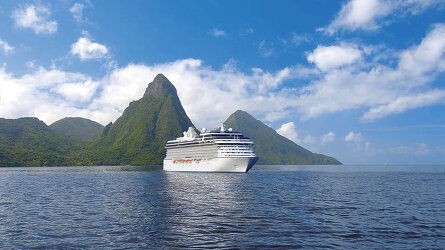
Travel connoisseurs will love her understated elegance, epicurean journeys, and immersive voyages. Read more
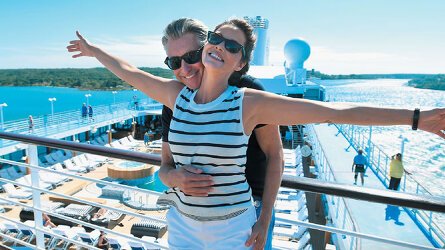
Elegant yet relaxing. Charming yet casual. Enjoy friendly service and beautiful spaces that make you to feel at home. Read more
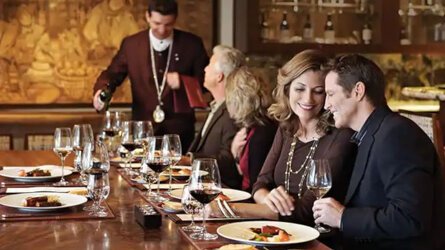
Indulge the pleasures of the palate with extraordinary pairing dinners at La Reserve by Wine Spectator. Read more
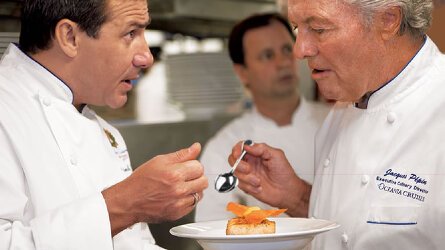
Delight your tastebuds with a culinary program crafted by renowned Master Chef Jacques Pépin. Read more

Ignite your passion for the arts or simply try something new, all under the expert guidance of talented artists. Read more
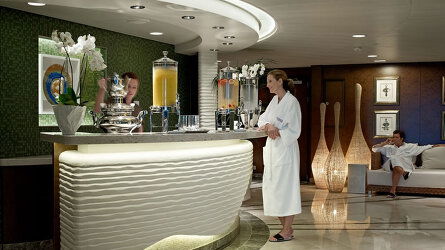
Come home feeling renewed and radiant with Oceania Cruises' holistic approach to wellbeing at sea. Read more
Oceania Riviera Reviews (1) Most Recent 'Oceania Riviera' Reviews
Brochure

Oceania Voyages (2025)
Availability Click on prices below to view cabin upgrades and details
Tour & cruises prices are per person. Prices shown have savings applied, are subject to availability and may be withdrawn at any time without notice. Pricing and trip details are correct at this point in time, however are subject to confirmation at the time of booking and are subject to change by Oceania. For cruise itineraries, cabin images are sourced from Oceania. These should be treated as indicative only. Cabin inclusions, upholsteries and room layout may differ to the image(s) shown depending on the ship selected and your sailing dates.
